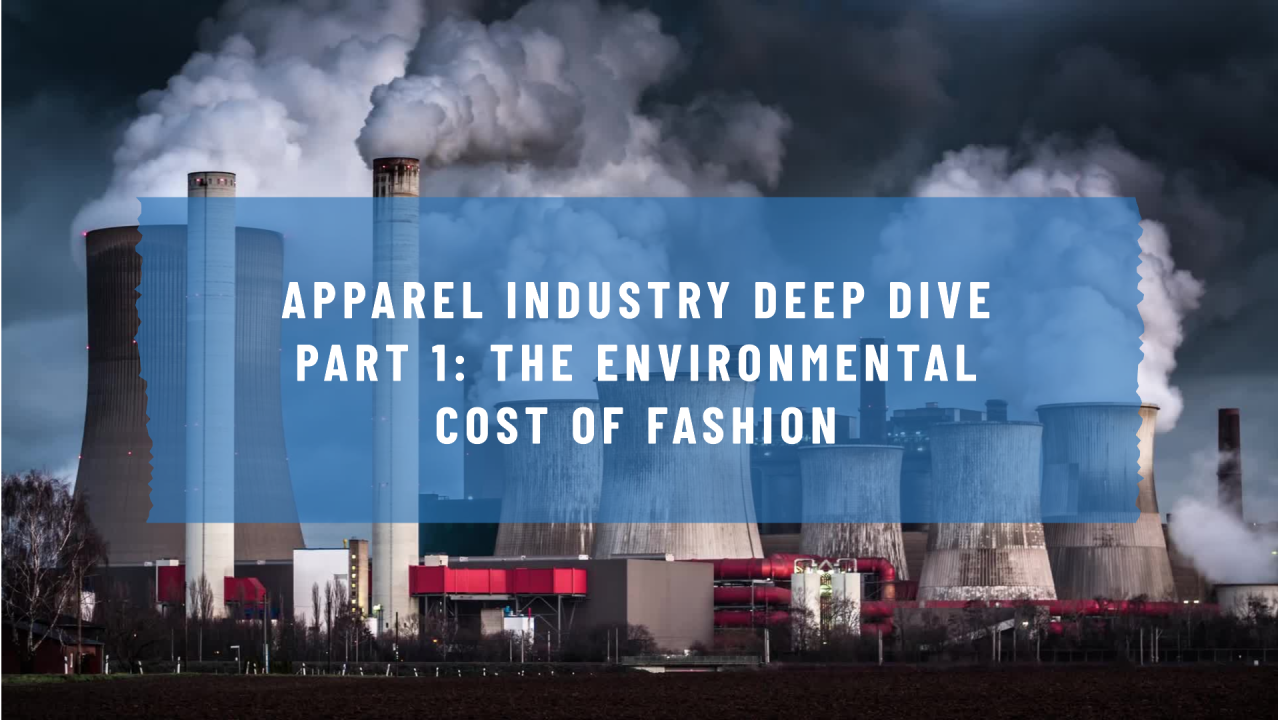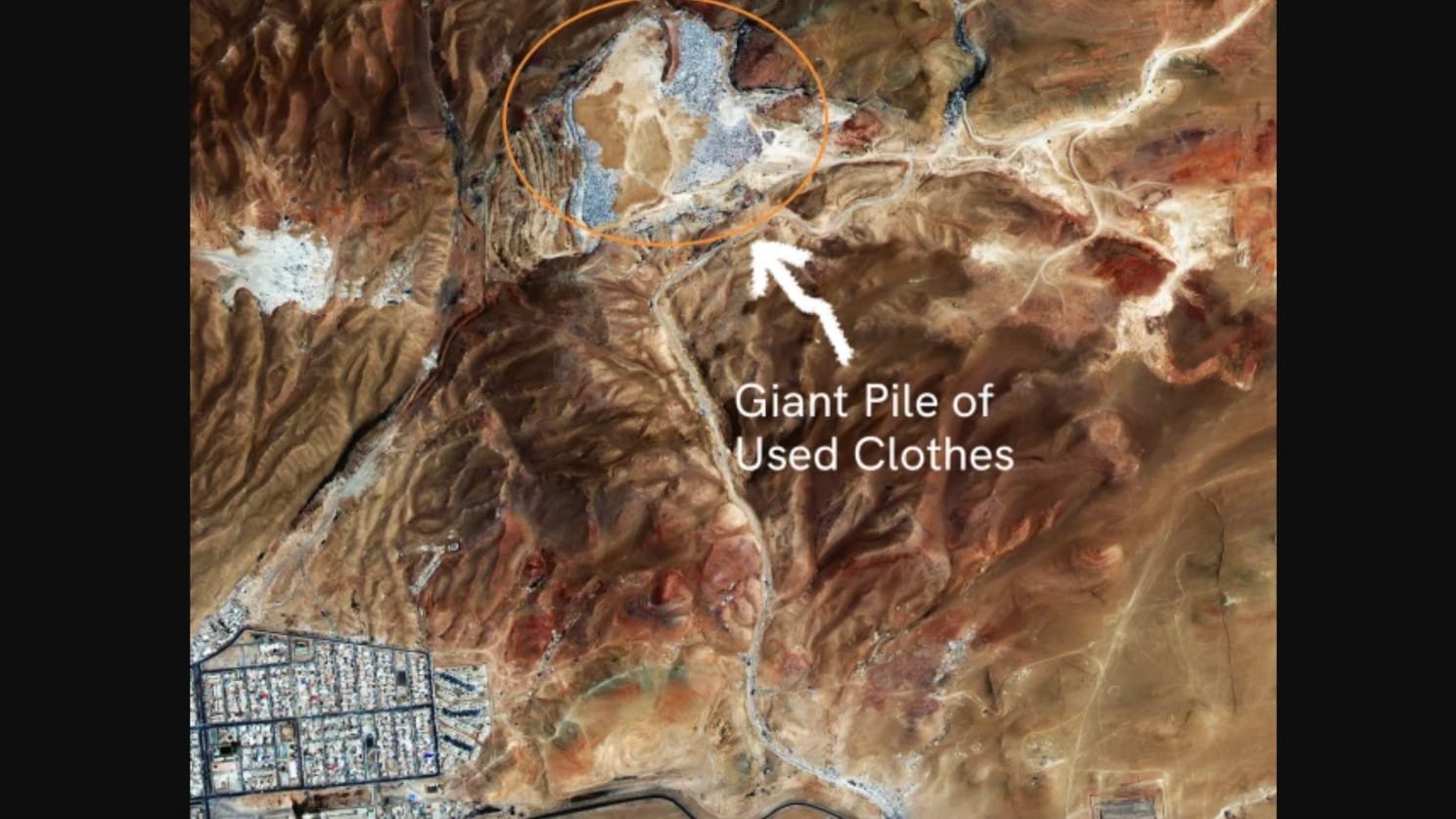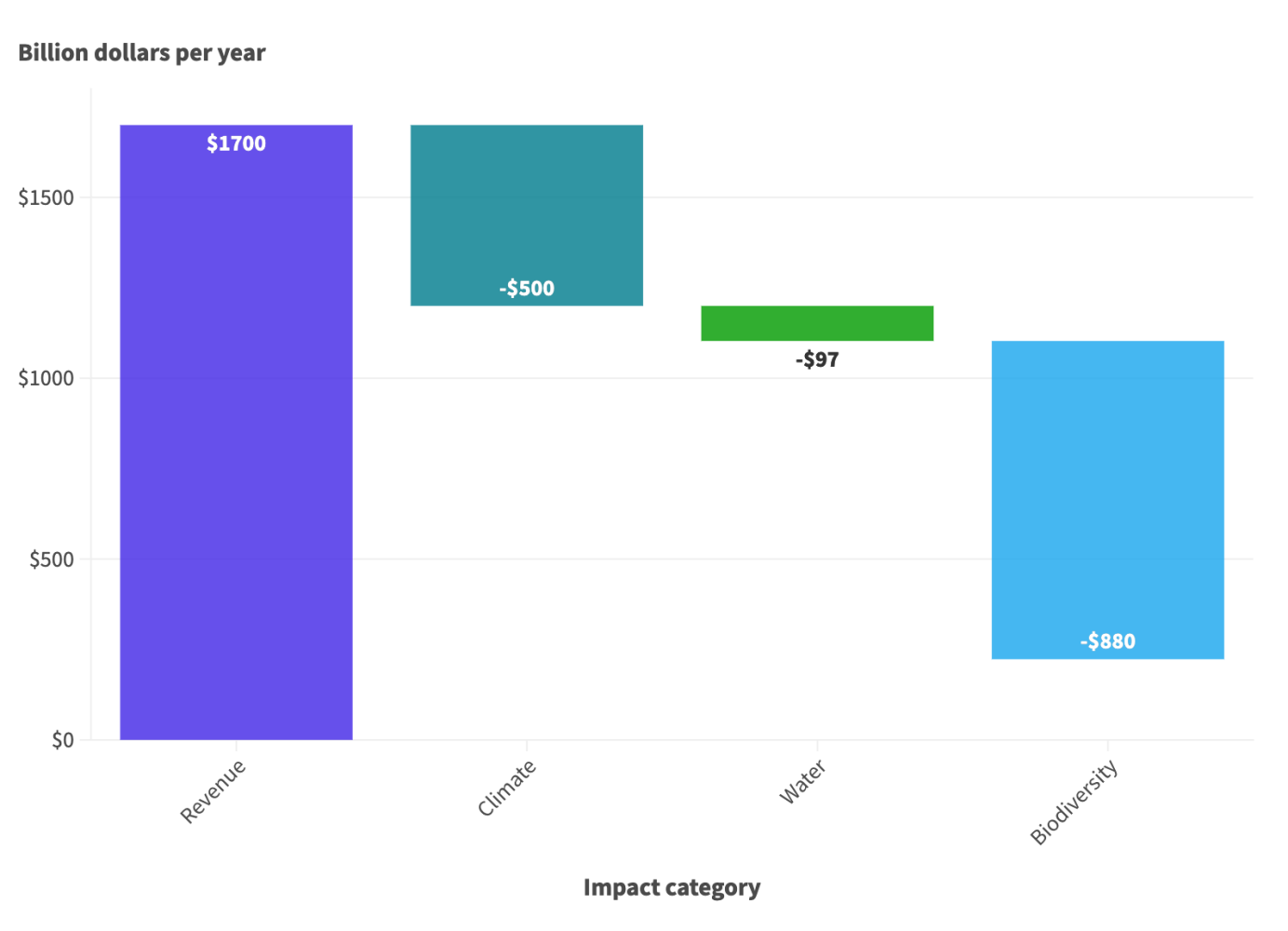Apparel Industry Deep Dive Part 1: The Environmental Cost of Fashion

Clothes—we all need them, but many of us own more than we need. We have been conditioned by the fashion industry and society to buy clothes for fun and not necessarily to meet a real need, and it has become acceptable to wear clothes for only a few times before throwing them away. Our cavalier attitude towards our clothes drives a vast global apparel industry that is one of the largest in the world, with annual revenues of about $1.7 trillion per year (~2% of the global GDP) and growing.
And you have probably heard about the huge problem with fashion waste. More than 100 billion pieces of clothing are sold each year, and most of the discarded clothing—about 92 million tons in 2015 and projected to rise to 148 million tons in 2030—is incinerated, sent to landfills, or disposed of in even less sensible ways. That’s one garbage truck full of clothing being burned, landfilled, or otherwise discarded every second. The pile of discarded clothes in the Atacama Desert in Chile is large enough to be seen from space, and the clothes that have washed up on the beaches of Ghana stretch for miles.
Besides generating waste, the apparel industry creates environmental and social harms (i.e., externalities) that are almost the same magnitude as its annual revenue. Below, we will describe our methods for calculating the environmental harms due to greenhouse gas emissions, water pollution, and biodiversity loss.

Climate impact
The greenhouse gas emission of the apparel industry is between 1 and 3 billion tonnes (metric tons) of CO2 equivalent per year, with most of the emission coming from raw material production and processing.
How much does a ton of CO2 emission cost to society? The answer depends on the valuation method used. Estimates range from $51 per ton (used by the Biden administration in the US) to >$1000 per ton. If we look at the low end of the range (1 billion tons of emission from the apparel industry and a cost of $51 per ton), the total cost would be $51 billion per year. If we go to the high end of the range (3 billion tons of emission and $1000 per ton), that’s $3 trillion per year. If we pick somewhere in the middle (2 billion tons of emission and $250 per ton), that’s $500 billion per year.
Bottom line: The climate impact of the apparel industry amounts to at least tens of billions of dollars each year.
Water impact
Water is needed to grow cotton, produce fibers, process and dye fabrics, and for consumers to wash clothes. Estimates for the total annual water usage of the global apparel industry vary from 93 billion cubic meters on the low end to 215 billion cubic meters on the high end. Water use is not inherently an externality, but it becomes an externality when overconsumption leads to water stress and when the discharged wastewater leads to pollution.
To eliminate the externalities associated with water use and wastewater discharge, eight large global apparel companies would need to spend a total of $6.4 billion per year. Compared with the total revenue of these eight companies (~$110 billion per year), the cost of addressing water-related externalities is 5.7%. Let’s extrapolate this to the global apparel industry (revenue of $1.7 trillion per year). The water-related externalities for the whole industry would amount to $97 billion a year.
Biodiversity impact
The apparel industry contributes to biodiversity loss in a number of ways, including the clearing of land and application of harmful pesticides for cotton production, felling of trees to make cellulosic fibers, and introduction of invasive alien species during long-range transport of raw materials and fashion products. Expressing the value of biodiversity in monetary terms is challenging. A 2020 report by the World Economic Forum indicates that $44 trillion worth of economic activities are under threat due to nature loss.
If we take $44 trillion to be the externality associated with biodiversity loss, and if we assume that the impact of the apparel industry is 2% (because the revenue of the industry is ~2% of the global GDP), then the biodiversity loss associated with apparel industry would be $880 billion per year.
Cumulative environmental impact
Together, the climate, water, and biodiversity impacts due to the global apparel industry amount to at least $1.5 trillion.
Of course, this number is only as good as the accuracy of the data and assumptions used in the calculations. If you know of a better way to do these calculations, please help us improve our model!
Despite all the uncertainties, we can say with 100% certainty that the environmental cost of the apparel industry is huge. And we are not done yet! In our next post, we will look at the social harms of the industry.
